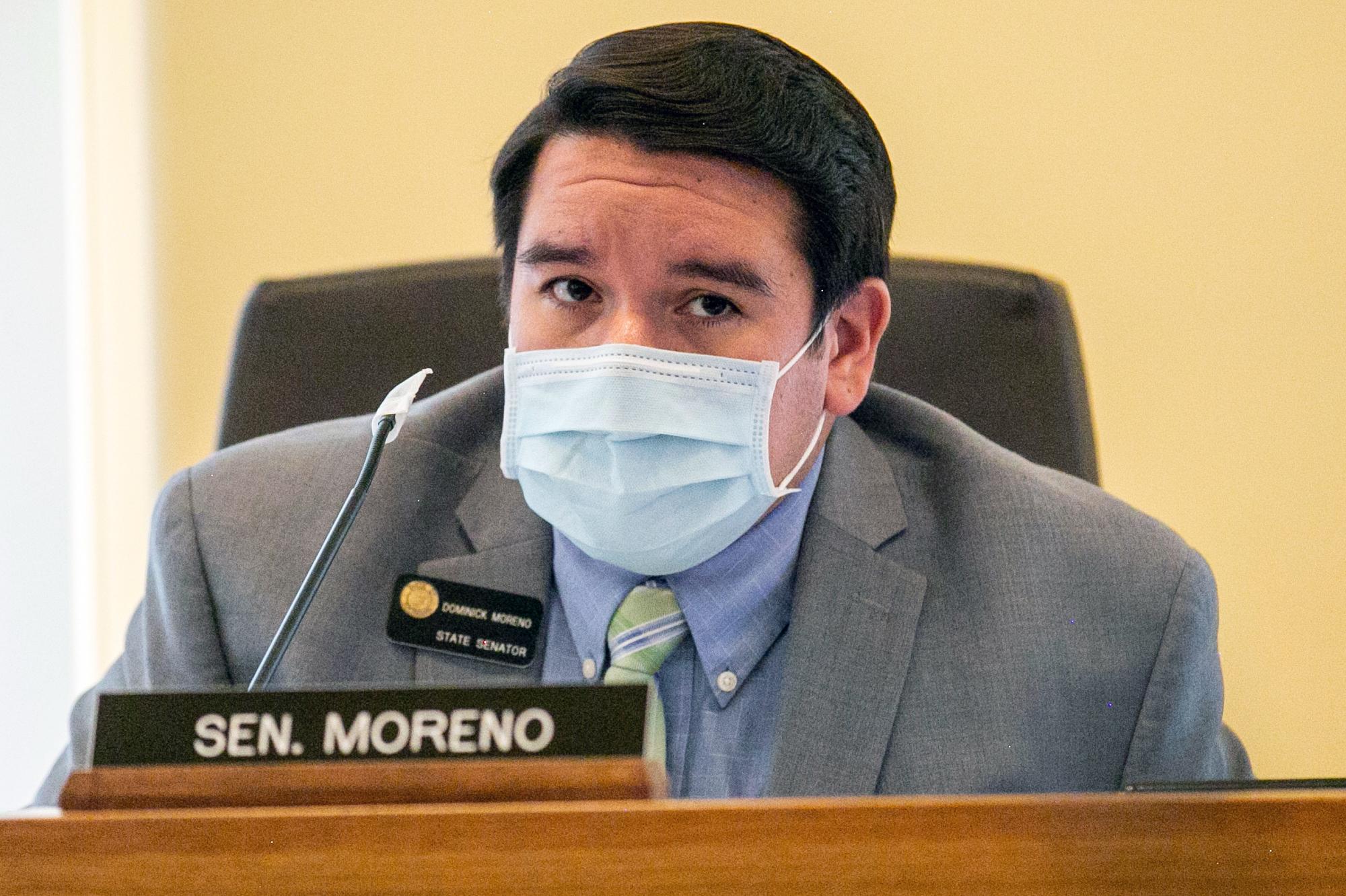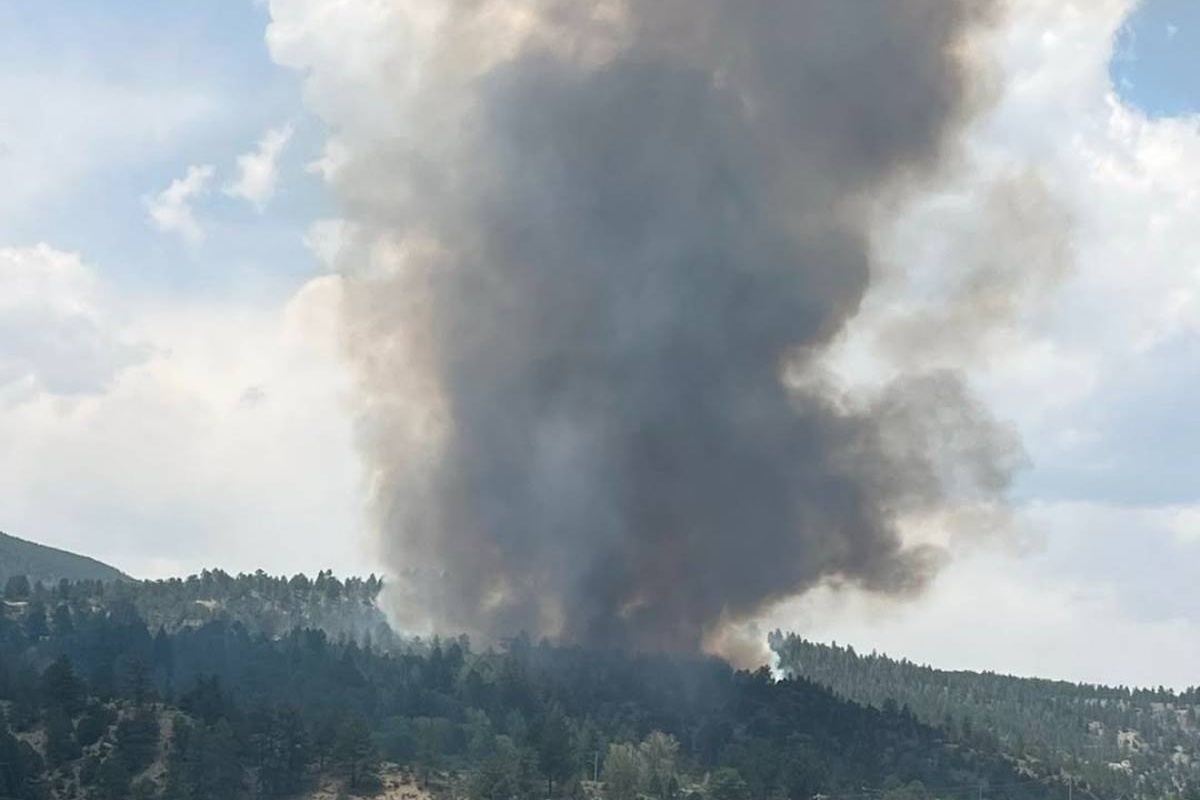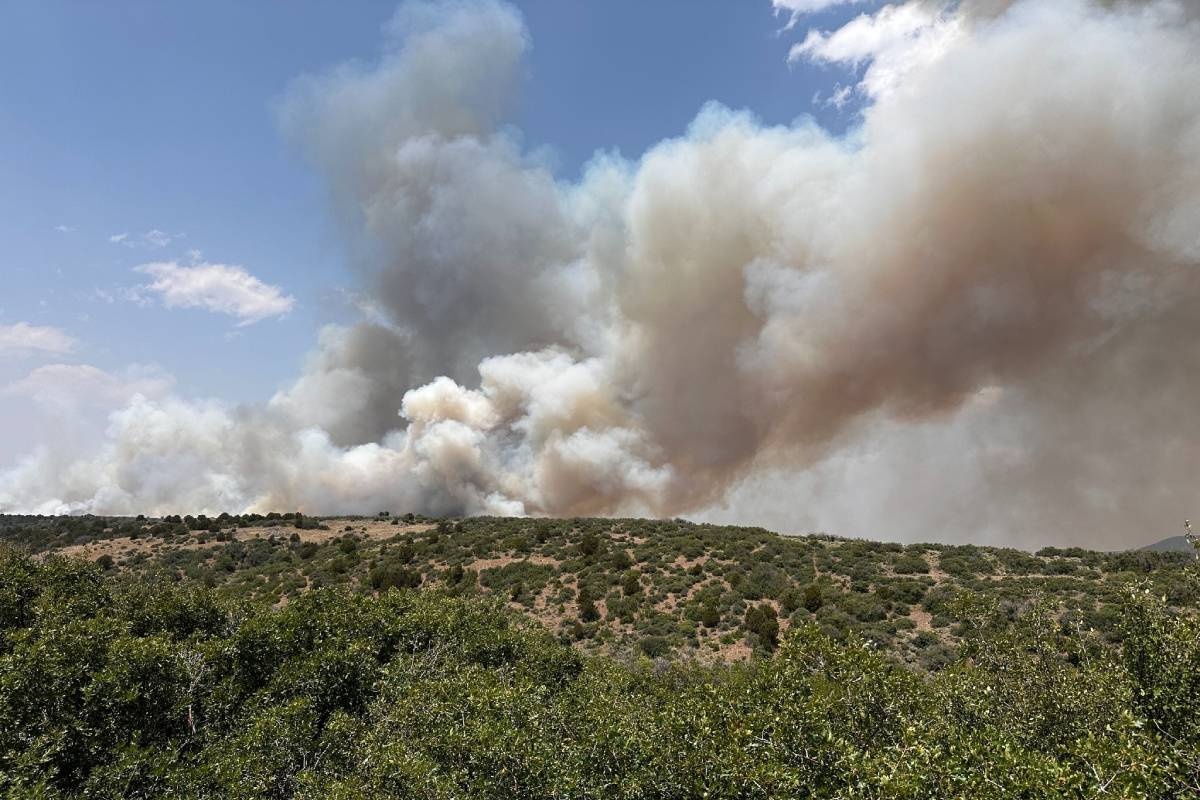
Early in the pandemic, economists warned that Colorado’s state budget could face severe damage for years to come. But those forecasts have steadily improved, and the state now is looking at banner growth for government revenues and a multi-billion dollar surplus.
Those optimistic new numbers, however, may not be a sign of a healthy economy. In fact, they illustrate a starkly divided economic recovery.
The state’s revenues are doing better than expected because high-income earners have been largely unaffected by the pandemic. They’ve been working from home and shopping online, which means they’ve kept paying income and sales taxes. The mass rollout of vaccines also has boosted the outlook.
“We have higher income earners who have continued to earn throughout the pandemic,” said Kate Watkins, chief economist for the state legislature. And “when it comes to sales tax collections, we have seen a remarkable bounceback.”
Meanwhile, tens of thousands of people remain out of work, including huge sections of the service and retail sectors. By one measure, employment for lower-wage workers is still down 30 percent compared to before the pandemic. Those people have largely been kept afloat by federal spending on unemployment and stimulus benefits.
Nearly 80,000 people are getting unemployment benefits — a significant decline from earlier in the pandemic, but a figure that’s still higher than the state saw in the entire Great Recession. Oddly enough, that high unemployment rate has helped the state budget, too, thanks to taxes on unemployment benefits.
Taken together, these factors pose a complicated question for state lawmakers as they write Colorado’s next budget. They now have more money to spend on existing programs and new laws, but forecasters warn that the future is unclear. The U.S. hasn’t seen an economic disaster — or a recovery — quite like this before. The state’s tax laws also could create headaches for budget writers in the years ahead.
“It’s a really unique situation to be grateful to see the new revenue, but still look at that budget ahead and still see major, major problems for us as a state,” said Lauren Larson, the budget chief for Gov. Jared Polis.
Legislative forecasters now say that lawmakers have an estimated $5.3 billion to “spend or save” in the fiscal year that begins in July. Demands for that money are growing already as lawmakers bring forward all sorts of new spending ideas. However, they’ll have to spend some of that money simply catching up to growing demand for state services and undoing last year’s cuts.
Still, that’s enough money to fully fund Gov. Jared Polis’ budget request, including his plan for a bigger rainy-day fund, and still leave $1 billion to spare, according to his budget office. And that does not include nearly $4 billion the state government is expected to collect from the federal American Rescue Plan.
While the early days of the coronavirus lockdown effectively froze much of the state’s economy, it’s now estimated that the pandemic caused only a 1.1-percent drop in the revenues collected by state’s general fund during the fiscal year that started July 1, 2020. And that fund, which pays for general government expenses, could rebound by 8.5 percent in the upcoming fiscal year and 5.5 percent in the year after that.
That growth will revive a familiar debate at the state capitol: what to do about TABOR, or the Taxpayer Bill of Rights. The amendment, which sets a limit on state government revenues and requires excesses go back to taxpayers, could put the brakes on the expansion of the state budget in coming years.
Larson encouraged state lawmakers to set aside more money now, before Colorado hits the TABOR cap, to prepare for the future, essentially making a down payment on future expenses.
“How could we provide flexibility in those tight years that we know are ahead by setting aside some funds now?” she said.
This strong-but-uneven recovery is not just a Colorado phenomenon. National economic forecasters expect the country’s gross domestic product to grow by 5 percent or more this year, a nearly unheard-of figure driven in large part by the federal aid packages. Unemployment benefits and direct payments have driven up average earnings, despite job losses.
The greatest risks to the state’s economy include long-term scarring from the downturn as well as inflation from the massive in-flows of federal cash.
“We don’t know how much lasting damage has been enacted,” Watkins said.
Gov. Polis has already submitted his request for this year’s budget and the state’s Joint Budget Committee is currently considering requests for government funding, a months-long process, with the final budget proposal due soon. Meanwhile, lawmakers are debating new spending programs, such as a transportation bill that would rely in part on the general fund.
Sen. Dominick Moreno, a high-ranking Democratic budget writer, is warning his colleagues not to get too enthusiastic with their spending. While there’s money now, that won’t last forever.
“The biggest piece of advice I've offered is, be cautious about establishing ongoing commitments,” he said in an interview last week.









